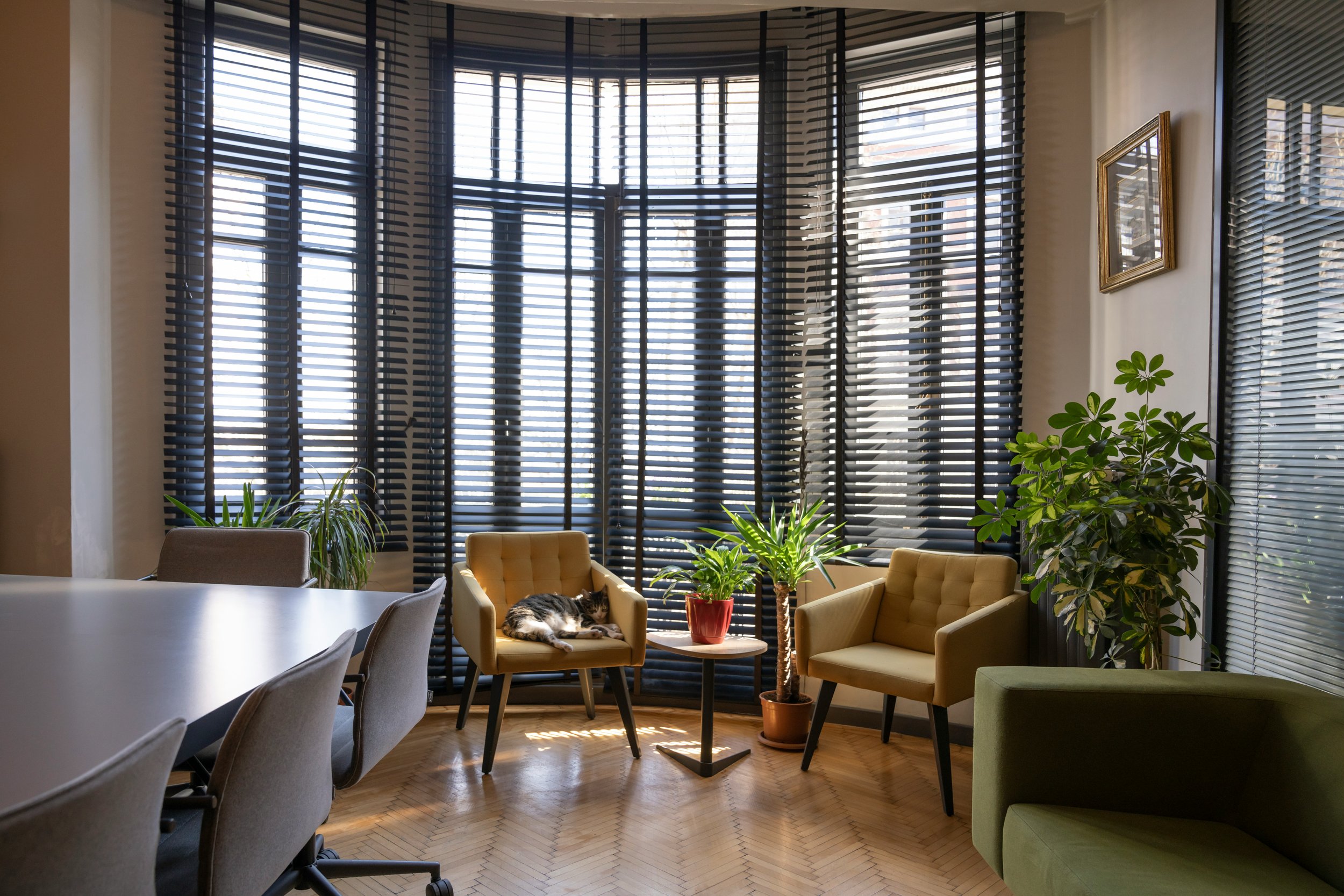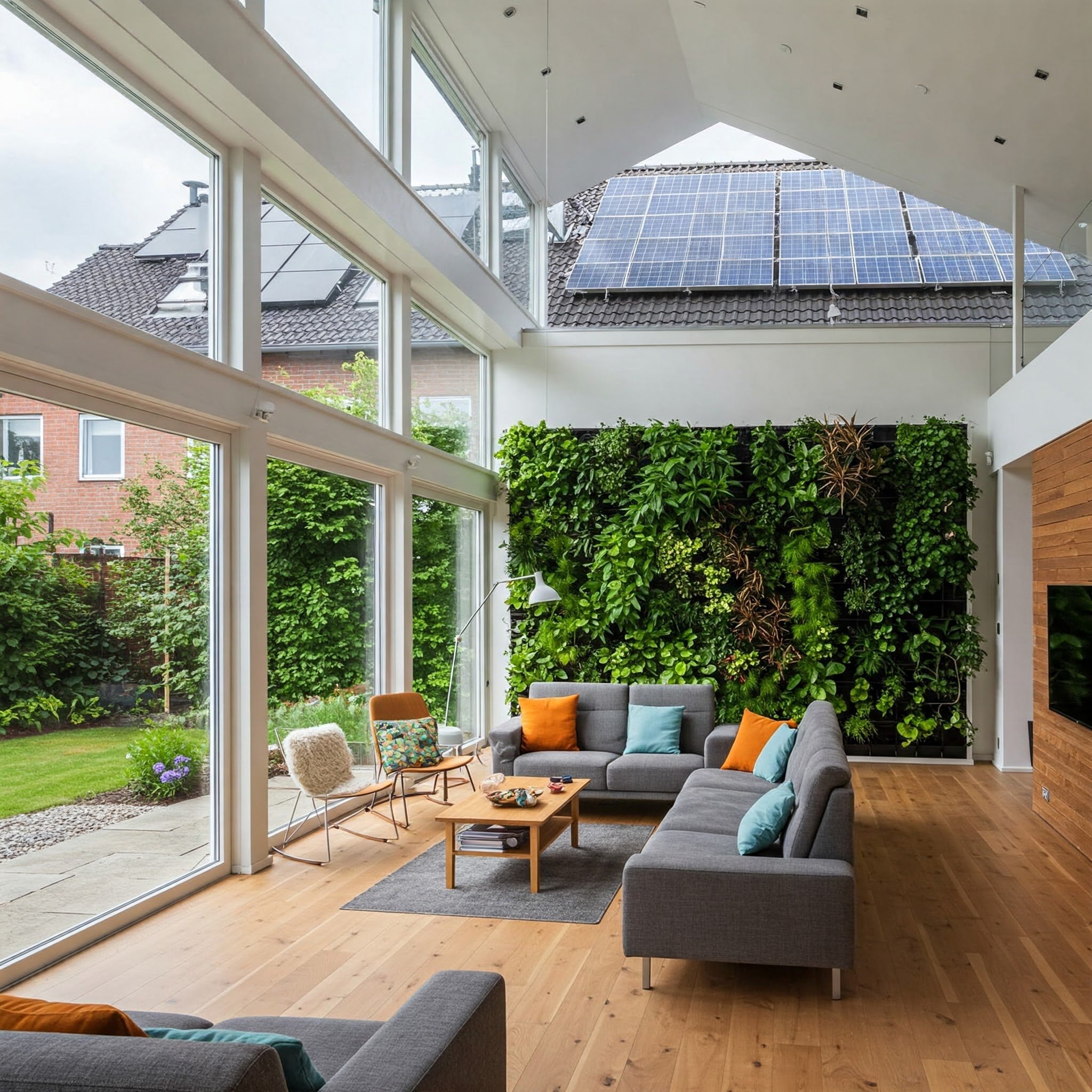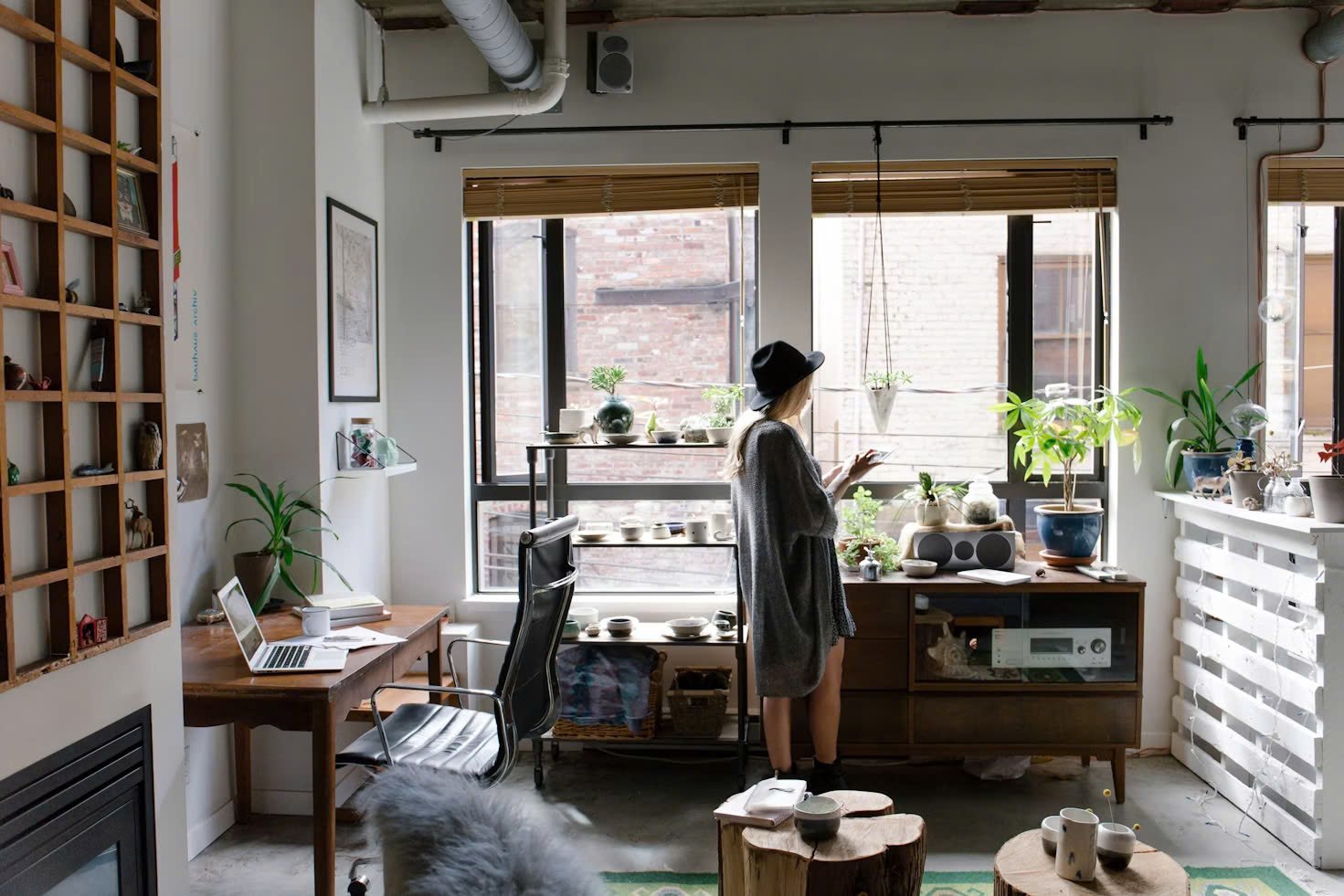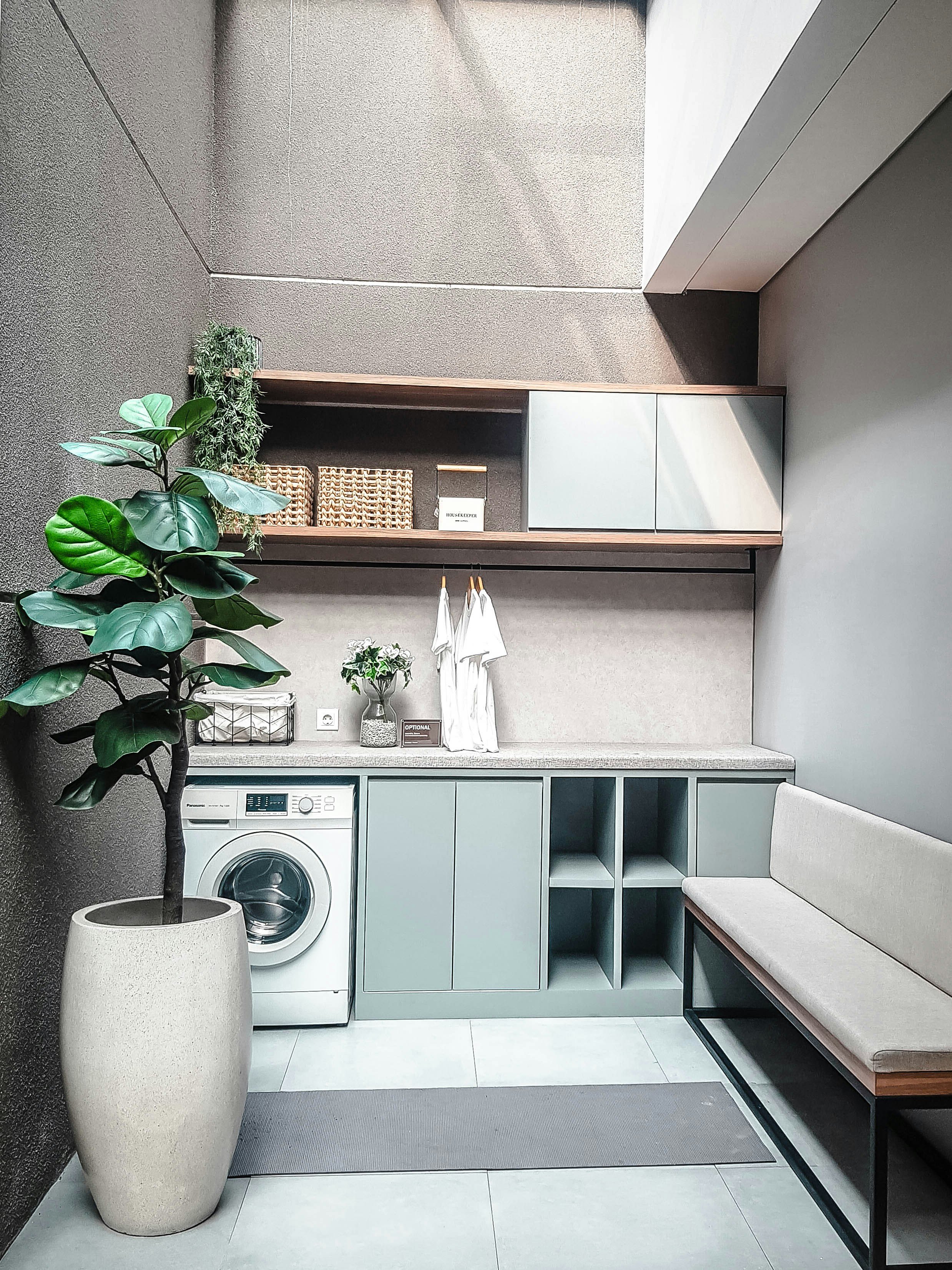Essential Tips for Eco-Friendly Office Construction Projects
Discover essential tips for eco-friendly office construction. Create sustainable, energy-efficient workspaces that benefit both the environment and your business.
As businesses become more conscious of their environmental footprint, eco-friendly construction has taken center stage in office projects. Building offices that prioritise sustainability not only benefits the planet but also promotes healthier workplaces and can lead to long-term cost savings. However, achieving this balance requires careful planning, material selection, and an understanding of sustainable practices.
From energy-efficient designs to the strategic use of durable materials, creating an eco-friendly office is no longer a challenge reserved for large corporations. With thoughtful choices, any organisation can embrace green construction without compromising on functionality or style.
Start with a Sustainable Design
Eco-friendly office construction begins with a well-thought-out design. Collaborate with architects and designers who specialise in sustainable practices to maximise the building’s efficiency. The goal is to incorporate elements such as natural lighting, proper ventilation, and optimised space usage from the outset.
Consider factors like the orientation of the building, which can significantly impact energy consumption. For instance, positioning the structure to maximise sunlight during winter and minimise heat exposure during summer can reduce reliance on artificial heating and cooling systems. Incorporating features such as green roofs or vertical gardens can also improve insulation while contributing to a healthier environment.
Select Eco-Friendly Materials
Choosing the right materials is crucial for sustainable construction. Whenever possible, opt for materials with a low environmental impact, such as reclaimed wood, recycled metal, or rapidly renewable resources like bamboo. Beyond their eco-credentials, these materials often add character and uniqueness to office spaces.
Durable materials like checker plates aluminium are an excellent option for various applications in office construction. These plates are lightweight, corrosion-resistant, and recyclable, making them a sustainable choice for flooring, ramps, and protective panelling. Additionally, their long lifespan reduces the need for frequent replacements, cutting down on waste.
Focus on Energy Efficiency
Energy efficiency is one of the cornerstones of green construction. Incorporate energy-saving systems and technologies to minimise the building’s power consumption over time. Some practical steps include:
LED Lighting
Switching to LED lights reduces energy consumption significantly compared to traditional bulbs. Automated lighting systems that adjust based on occupancy can further optimise energy usage.Efficient HVAC Systems
Install heating, ventilation, and air conditioning (HVAC) systems that are designed to minimise energy use. Regular maintenance and proper insulation also play a key role in ensuring efficiency.Solar Panels
Solar energy is a renewable resource that can drastically lower energy bills in the long run. Even partial reliance on solar power contributes to an eco-friendlier office.
Water Conservation Strategies
Sustainable office buildings should also prioritise water efficiency. Low-flow fixtures, water recycling systems, and rainwater harvesting can greatly reduce water usage without compromising functionality. Incorporating native or drought-resistant plants in landscaping further minimises the need for irrigation.
Waste Reduction During Construction
Construction projects can generate significant waste, much of which ends up in landfills. Adopting waste reduction strategies not only supports sustainability but can also lead to cost savings. Here are some effective practices:
Reuse and Recycle
Work with contractors to identify materials that can be reused or recycled. For example, leftover metal, including checker plates aluminium, can be repurposed for other parts of the project or recycled for future use.Smart Material Ordering
Avoid over-ordering materials by carefully planning quantities. This minimises surplus and ensures that resources are utilised efficiently.Segregate Waste
During construction, segregate waste into categories such as metals, wood, and plastics to streamline the recycling process.
Incorporate Multi-Functional Materials
Multi-functional materials enhance both the sustainability and efficiency of a construction project. Checker plates aluminium are an example of this versatility. Not only are they durable and recyclable, but they can also be used in a variety of ways. For instance, they are ideal for non-slip flooring, stair treads, and even aesthetic accents in modern office designs. By choosing such adaptable materials, construction teams can reduce the need for additional resources, further supporting eco-friendly goals.
Create Flexible Workspaces
Flexibility in office design can reduce the environmental impact of future renovations. Open-plan layouts, modular furniture, and movable partitions make it easier to adapt spaces to changing needs without requiring major structural changes. This reduces the consumption of new materials and minimises waste generation over time.
Monitor and Improve Over Time
Sustainability doesn’t end with the completion of construction. Regular audits of energy and water usage can identify areas for improvement, allowing office managers to implement changes that further reduce the building’s environmental footprint. Encouraging employees to adopt green habits, such as recycling and energy conservation, also contributes to the overall success of an eco-friendly office.
Conclusion
Eco-friendly office construction is more than just a trend; it’s a necessity in today’s environmentally conscious world. By focusing on sustainable design, energy efficiency, waste reduction, and the use of durable materials like checker plates aluminium, businesses can create office spaces that align with their environmental goals. These efforts not only reduce the impact on the planet but also contribute to a healthier, more productive workplace for employees.
Thoughtful planning and the right choices can make all the difference. With sustainability as a guiding principle, office construction projects can pave the way for a greener future while delivering spaces that are practical, stylish, and efficient.















